Phobjikha Valley in Bhutan is a hidden gem in the heart of the Himalayas, renowned for its breathtaking natural beauty and rich cultural heritage. This remote glacial valley, around 2,800 metres, is famed for its serene landscapes, diverse wildlife, and traditional Bhutanese villages. The valley is particularly notable for its role as a winter habitat for the endangered black-necked crane, making it a crucial site for conservation efforts. Visitors to Phobjikha Valley can expect a tranquil retreat, offering a perfect mix of natural splendour and spiritual serenity.
Location
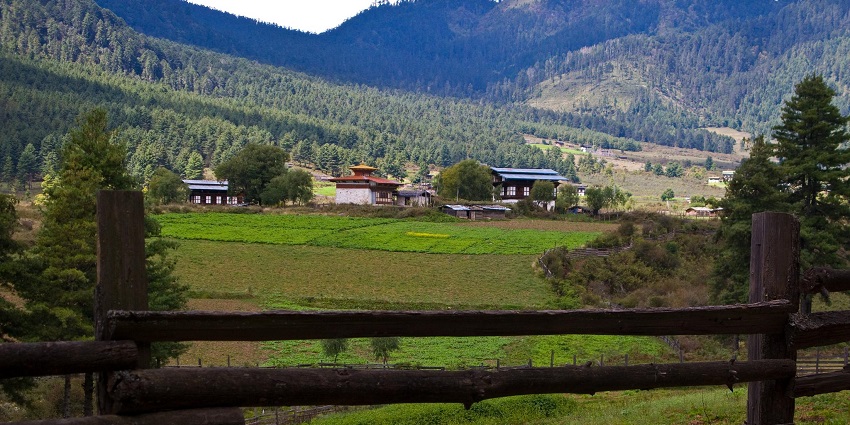
Photo: stull17 / Wikimedia Commons
Phobjikha Valley is located in the Wangdue Phodrang District of Bhutan, approximately 80 kilometres from the town of Wangdue Phodrang and 130 kilometres from Thimphu. The valley is positioned at an altitude of around 2,900 metres above sea level, nestled between the Black Mountains and the hills of the Trongsa District. Its high elevation and remote setting contribute to its unique ecosystem and panoramic views, offering a tranquil retreat from the bustling city life.
Suggested Read: Places To Visit In Thimphu
How To Reach
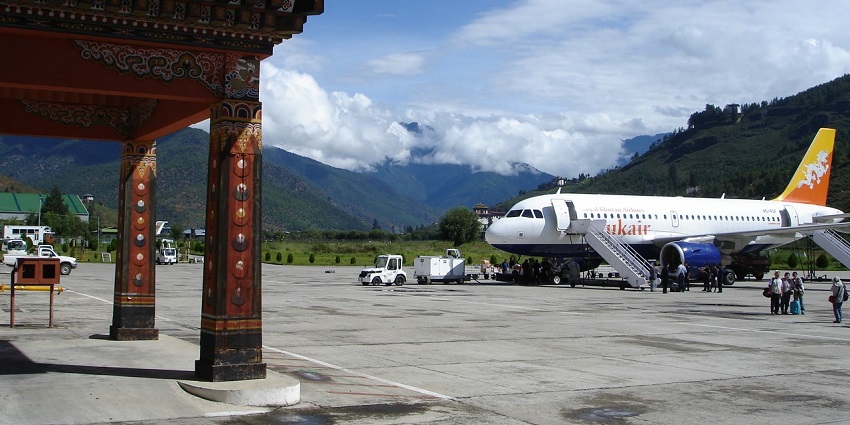
Photo: Md. Aminul Hassan / Wikimedia Commons
By Car: From Thimphu, it takes about 4-5 hours to drive to Phobjikha Valley. The route passes through picturesque landscapes, including winding mountain roads and lush forests. The journey offers stunning views of the Bhutanese countryside.
By Bus: Public and private bus services are available from Thimphu and Wangdue Phodrang. This option is budget-friendly but may take longer due to stops and road conditions.
By Air: The nearest airport is in Paro, about 135 kilometres from Phobjikha Valley. From Paro, you can hire a car or take a bus to reach the valley.
Places To Visit Around Phobjikha Valley
Discover the enchanting destinations surrounding Phobjikha Valley in Bhutan, where striking natural beauty and vibrant cultural heritage come together for a truly memorable experience.
1. Gangtey Monastery
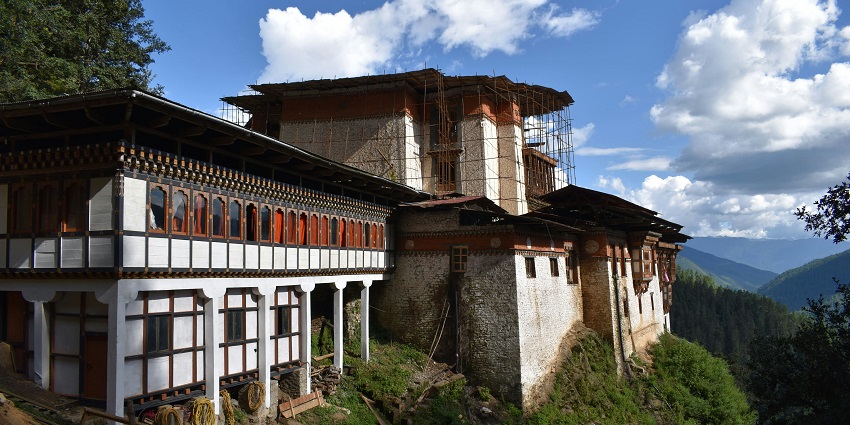
Photo: Truly Bhutan / Wikimedia Commons / Image For Representation Only
Gangtey Monastery, majestically perched on a hilltop overlooking Phobjikha Valley, is a vital Nyingma monastery with deep spiritual roots. Established in the 17th century, this revered site showcases traditional Bhutanese architecture adorned with intricate murals illustrating the life of Padmasambhava, the revered 8th-century master. Visitors can explore the monastery’s sacred halls, soaking in the serene atmosphere while enjoying sweeping panoramic views of the lush valley below. The monastery serves as a profound gateway to understanding Bhutanese Buddhism’s rich history and spiritual heritage.
Timings: 9 AM – 5 PM
Entry Fees: N/A
Suggested Read: Places To Visit In Bhutan In September
2. Black-Necked Crane Centre
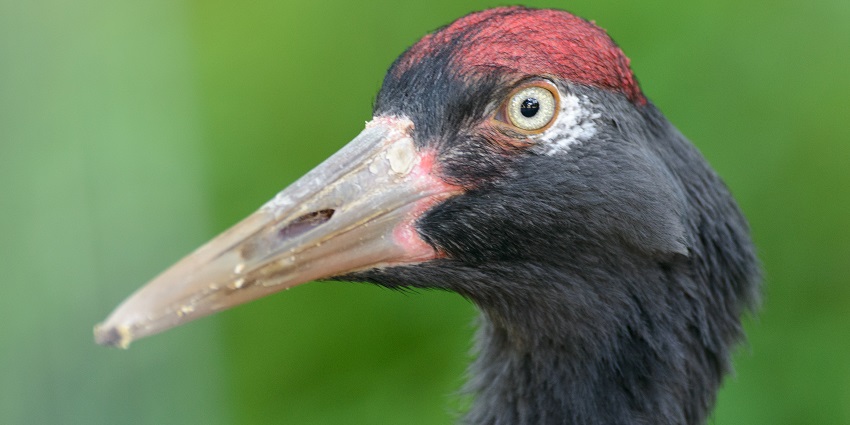
Photo: Eric Kilby / Wikimedia Commons / Image For Representation Only
The Black-Necked Crane Centre, situated in the heart of Phobjikha Valley, plays a crucial role in the conservation of the endangered black-necked crane. This dedicated centre offers insightful educational exhibits on the cranes’ migration patterns, habitat, and ongoing conservation efforts. Visitors can view these majestic birds from well-positioned viewing platforms, engage in informative guided tours, and gain a deeper understanding of the local initiatives aimed at preserving these remarkable creatures. The centre not only enhances awareness but also fosters a connection to the valley’s rich avian heritage.
Timings: 9 AM – 4 PM
Entry Fees: 30 BTN / ₹30
3. Phobjikha Valley Nature Trails
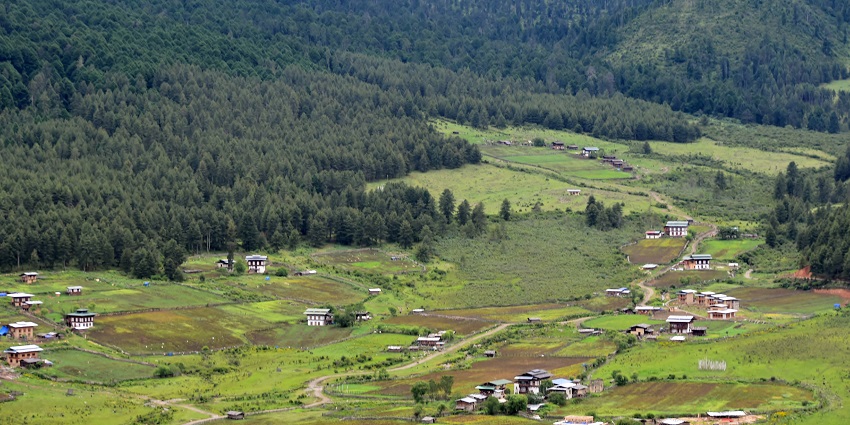
Photo: Prof. Mortel / Wikimedia Commons
The nature trails in Phobjikha Valley offer a variety of trekking experiences amidst pristine landscapes and diverse ecosystems. Ranging from leisurely walks to more demanding hikes, these trails wind through lush meadows, dense forests, and serene wetlands. Hikers can spot local wildlife, including an array of bird species and occasionally black-necked cranes. Each trail reveals the valley’s breathtaking natural beauty, providing an immersive journey into the heart of this unspoiled region. The trails also lead to panoramic viewpoints, where trekkers can pause to take in the sweeping vistas of the valley and distant mountains.
Timings: 24*7
Entry Fees: N/A
Suggested Read: Places To Visit In Bhutan In December
4. Khewa Lhakhang
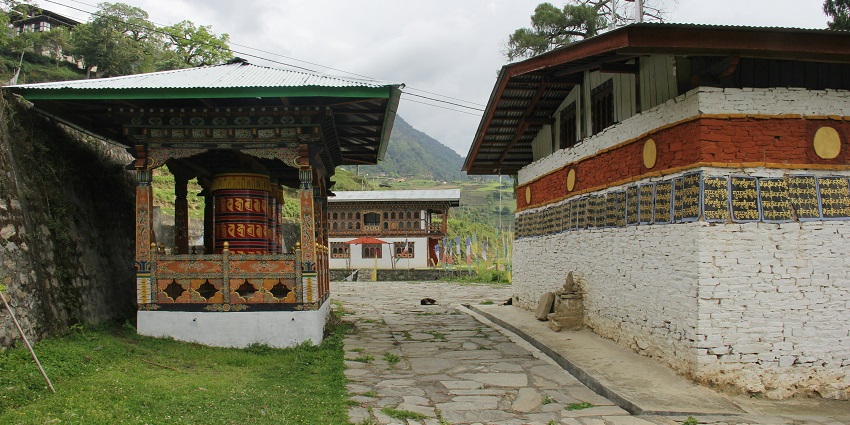
Photo: Khewa Lhakhang / Unsplash
Khewa Lhakhang, situated near the entrance to Phobjikha Valley, is a revered historical temple with significant religious and cultural value. Dedicated to Guru Rinpoche, the temple showcases traditional Bhutanese architecture and houses a collection of ancient artefacts. Visitors can wander through the temple’s tranquil grounds, participate in local religious ceremonies, and delve into the spiritual heritage of the region. The serene environment and rich history offer a profound glimpse into Bhutan’s spiritual traditions and cultural legacy.
Timings: 9 AM – 4 PM
Entry Fees: 50 BTN / ₹50
5. Gantey Goempa
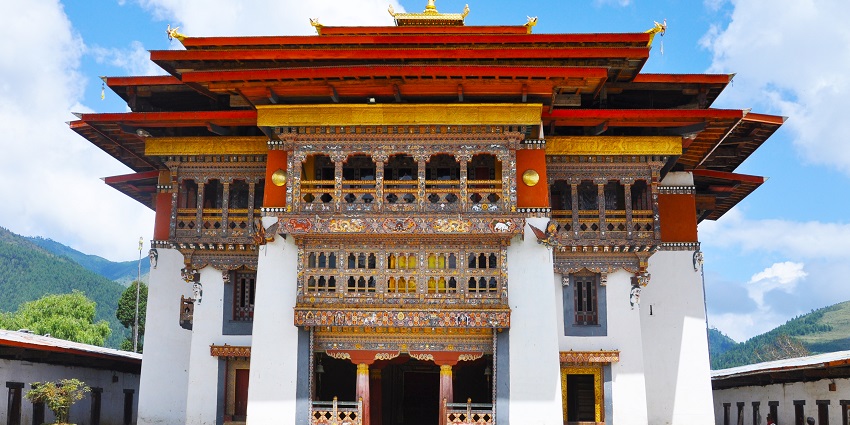
Photo: Prof Ranga Sai / Wikimedia Commons
Gantey Goempa, regarded as one of Phobjikha Valley’s oldest temples, provides a deep dive into Bhutan’s spiritual heritage. Its traditional Bhutanese architecture distinguishes this revered site, featuring intricate wood carvings and vibrant murals. The temple’s peaceful setting is perfect for reflection and meditation, enhancing the valley’s serene atmosphere. Visitors can immerse themselves in the rich spiritual history and experience this historic temple’s calm and contemplative environment. The temple offers stunning views of the surrounding valley, allowing visitors to appreciate the natural beauty that complements its spiritual significance.
Timings: 8 AM – 6 PM
Entry Fees: 20 BTN / ₹20
Suggested Read: Jigme Dorji National Park
Where To Stay
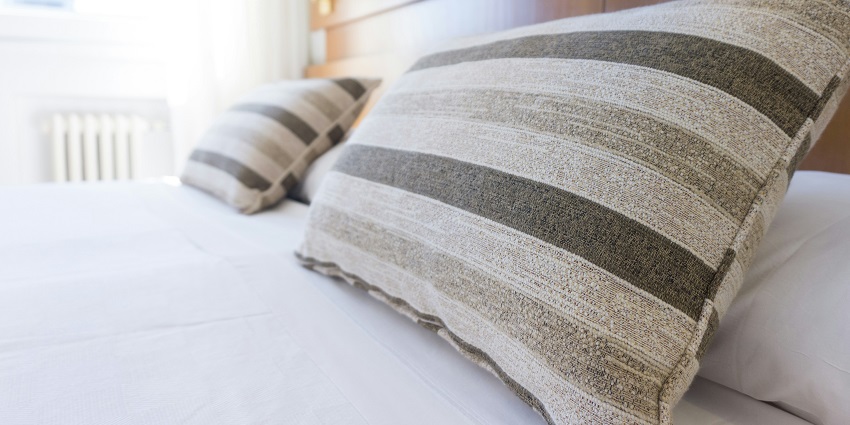
Photo: Nik Lanús / Unsplash / Image For Representation Only
Phobjikha Valley offers a variety of accommodation options catering to different preferences and budgets. For a touch of luxury, the Gangtey Lodge provides upscale amenities with traditional Bhutanese decor, offering panoramic views of the valley. Budget travellers can choose from several guesthouses and homestays, such as the Yoezerling Lodge, which offers simple comforts and an authentic local experience. The Dewachen Hotel offers a blend of comfort and local charm for those on a moderate budget. Advance booking is recommended, especially during peak seasons, to ensure availability.
Where To Eat
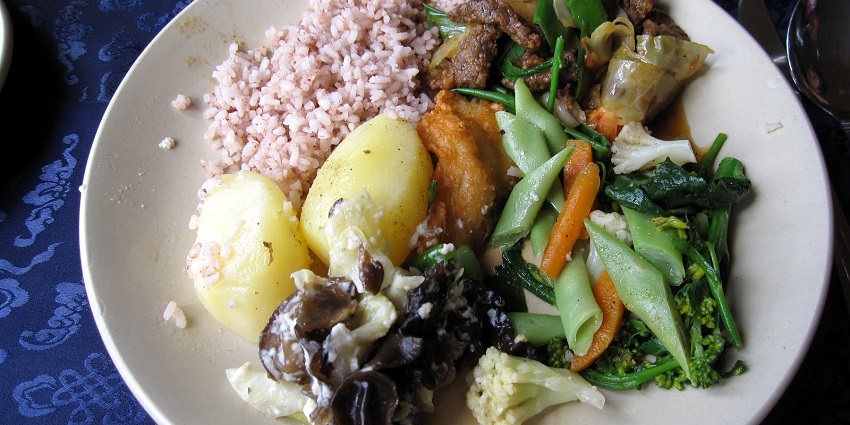
Photo: rapidtravelchai / Wikimedia Commons / Image For Representation Only
The dining options in Phobjikha Valley include both local eateries and international cuisine. The Gangtey Goenpa Cafeteria serves traditional Bhutanese dishes like ema datshi and local stews, providing a genuine taste of Bhutan. For a more varied menu, the Phobjikha Valley Resort’s restaurant offers a mix of local and Western dishes. Additionally, the Black-Necked Crane Centre’s café provides light snacks and beverages with views of the valley. Most guesthouses also offer dining options with home-cooked meals, showcasing regional specialties. Dietary preferences should be communicated in advance due to limited options in this remote area.
Suggested Read: Jigme Singye Wangchuck National Park
Best Time To Visit
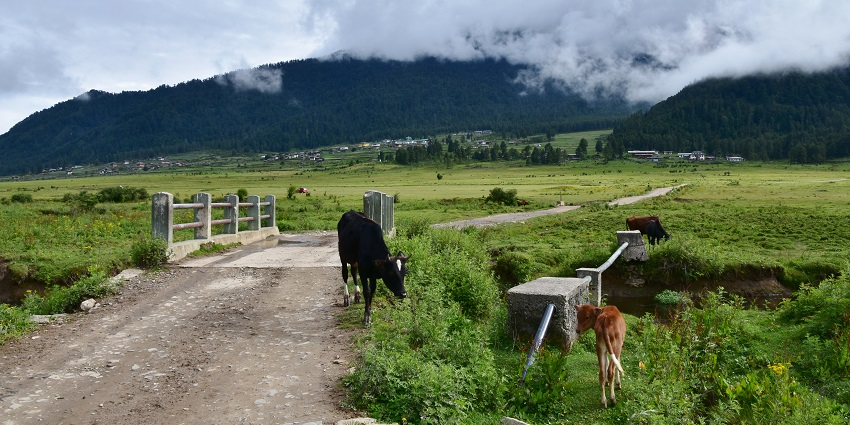
Photo: Prof. Mortel / Wikimedia Commons / Image For Representation Only
The best time to visit Phobjikha Valley is from October to March when the weather is clear and cool and the black-necked cranes are present. This period is perfect for wildlife viewing and exploring the valley’s natural beauty. Spring (April to June) and autumn (September to November) are also good times, offering pleasant weather for outdoor activities and less crowded attractions. Summer (July to August) brings monsoon rains, making travel challenging, and winter (December to February) can be cold but offers a serene and snow-covered landscape.
Other Factors To Consider
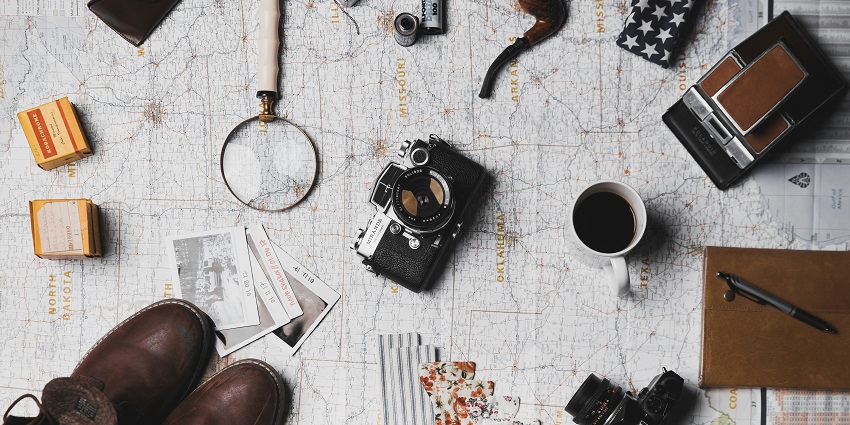
Photo: ian dooley / Unsplash / Image For Representation Only
Average Cost Of The Trip
The cost of a trip to Phobjikha Valley can vary based on your travel style and duration of stay. Budget travellers may spend approximately 4,000 to 5000 BTN / ₹3,300-5,000 per day for basic accommodation, meals, and local transport. Mid-range travellers might budget 6,000 BTN to 10,000 BTN / ₹6,700-10,000 per day for comfortable lodging and more varied dining options. Luxury travellers could spend 12,00 BTN / ₹12,500 or more per day, including high-end accommodation, guided tours, and exclusive experiences.
Tips For Travellers
- Phobjikha Valley is high, so allow time for acclimatisation and stay hydrated.
- Dress in layers, as the weather can change rapidly. Bring warm clothing, even in summer.
- Respect local customs and traditions, particularly in religious sites.
- The Phobjikha Valley’s timings are not limited as it is open 24 hours; however, the timings of the other tourist attractions in the valley may vary.
- No special permits are required for visiting Phobjikha Valley but carry identification for local checks.
- ATMs may be limited; carry sufficient cash for your trip.
- Consider bringing a good camera to click Phobjikha Valley photos.
Suggested Read: Royal Manas National Park Bhutan
Exploring Phobjikha Valley in Bhutan offers a unique blend of natural beauty and cultural immersion, ideal for nature enthusiasts and those seeking tranquillity. From its picturesque landscapes to its rich wildlife, the valley provides a serene escape from the bustle of daily life. To ensure a smooth and unforgettable experience, plan a trip with TripXL, where expert assistance will handle all the details.
Cover Photo: Prof. Mortel / Wikimedia Commons


 WhatsApp
WhatsApp
 Twitter
Twitter









